Home Assistant Speaker: Enhance Your Smart Home with the Right Devices
Explore the best smart audio devices and microphones designed for seamless integration with Home Assistant, and partial compatibility with Amazon Alexa and Google Assistant. Whether you’re building a voice-activated smart home or a DIY audio project, these products offer high-performance sound capture and voice control.
Why You Need a Smart Speaker for Home Assistant
In a smart home setup, audio devices such as microphones and speakers play a critical role in enhancing voice control and automation. These products integrate seamlessly with Home Assistant, while some may also be compatible with Amazon Alexa or Google Assistant through additional setup. Here, we’ll explore the top ReSpeaker and Grove products that enable robust voice interaction and sound management for DIY smart home systems.
Best Smart Speakers for Home Assistant
1. ReSpeaker Lite with XIAO ESP32S3
The ReSpeaker Lite with XIAO ESP32S3 is a powerful development kit designed for voice interaction and smart home projects. Featuring dual microphones for far-field voice capture and onboard AI algorithms, this kit is ideal for integrating with Home Assistant via ESPHome and works seamlessly with Amazon Alexa and Google Assistant.
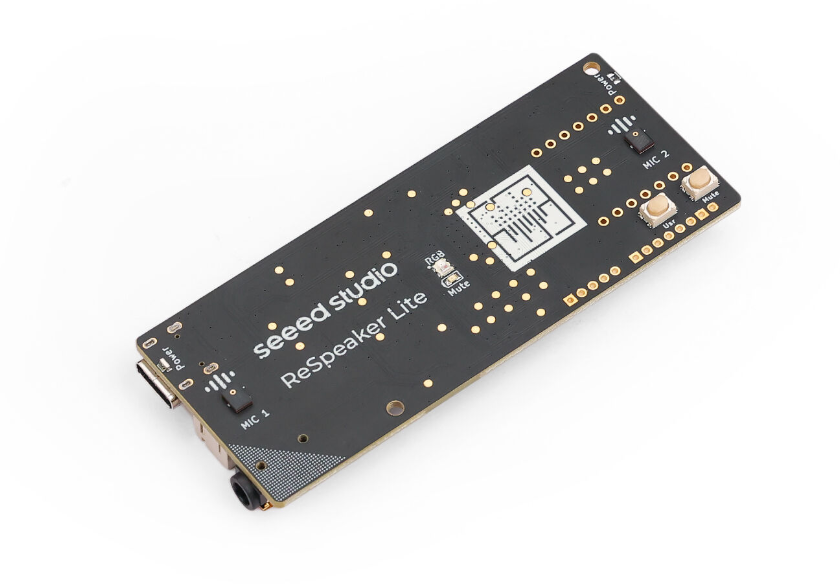
Key Features:
- Pre-soldered XIAO ESP32S3 controller for easy development
- Dual microphone array for capturing speech up to 3 meters
- AI NLU algorithms for noise cancellation and echo suppression
- Compatible with popular platforms such as Arduino, PlatformIO, and MicroPython
- Onboard RGB LED for visual feedback
Price: Available now for just $29.90.
2. ReSpeaker 2-Mics Pi HAT
The ReSpeaker 2-Mics Pi HAT is designed for Raspberry Pi projects and features two analog microphones with high-definition voice capture capabilities. It is equipped with Voice Activity Detection and Direction of Arrival algorithms, making it perfect for local voice recognition tasks with Home Assistant and other DIY voice interaction applications.
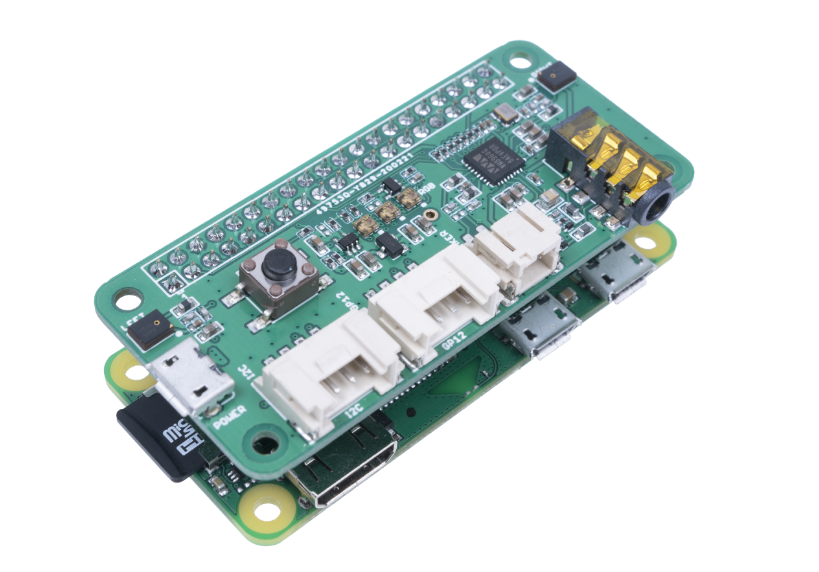
Key Features:
- Dual analog microphones and WM8960 Audio Codec for high-quality sound
- Voice Activity Detection, Direction of Arrival, and Keyword Spotting capabilities
- RGB LED and programmable button for customized control
- Simple assembly with Raspberry Pi
Price: Starting at $12.90, get yours today.
3. Mono Enclosed Speaker
This high-performance speaker is ideal for audio output in various smart home projects. It integrates easily with devices like the ReSpeaker Lite to enhance audio quality for voice commands, notifications, or media playback in Home Assistant setups.
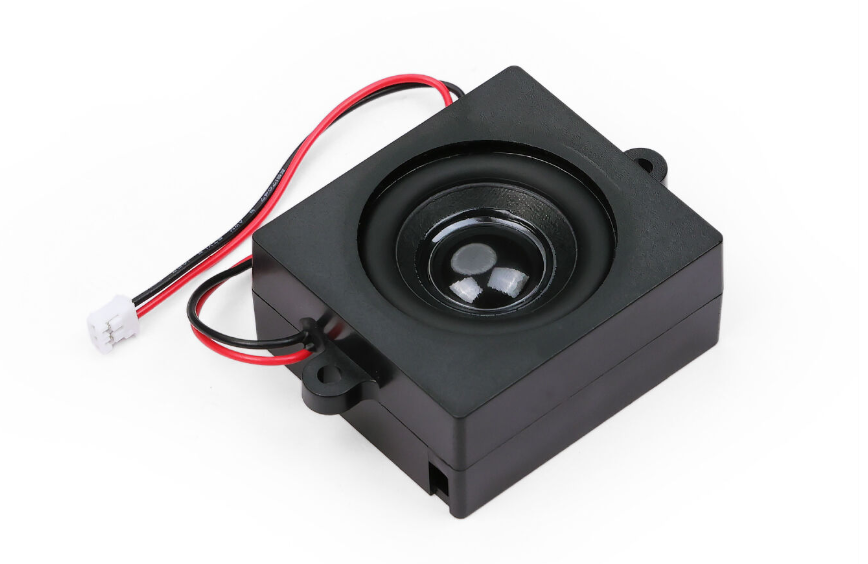
Key Features:
- Compact, enclosed design for enhanced sound quality
- Suitable for smart home audio systems, robot voice output, and DIY audio projects
- Easy to integrate with Home Assistant
Price: Currently priced at $2.00, a budget-friendly option.
4. ReSpeaker USB Mic Array
The ReSpeaker USB Mic Array is perfect for far-field voice recognition in larger spaces. It includes four microphones and advanced speech algorithms such as Beamforming, Noise Suppression, and Acoustic Echo Cancellation, making it ideal for voice-controlled smart home environments.
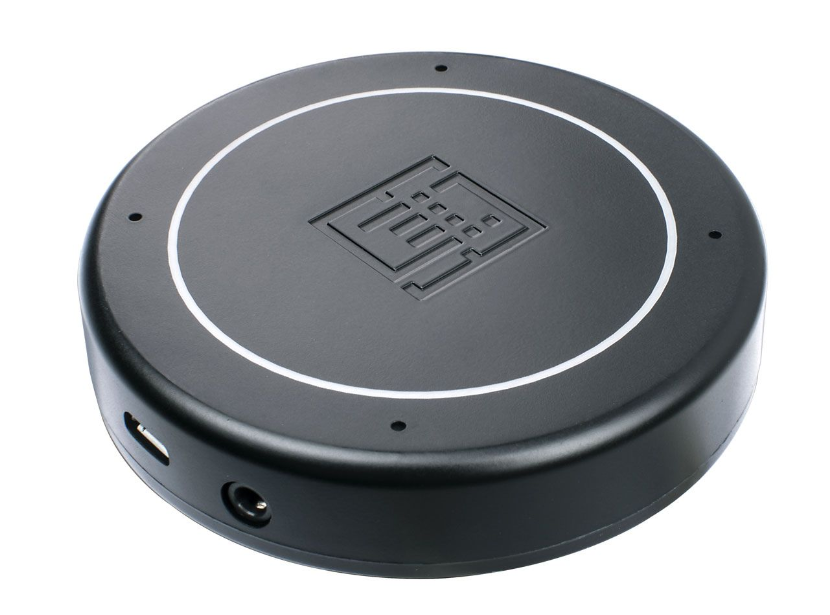
Key Features:
- Plug-and-play functionality, no drivers required
- Far-field voice capture with four microphones
- Advanced speech processing algorithms
- Compatible with Windows, macOS, Linux, and Android
Price: Grab it now for only $69.00.
5. ReSpeaker Mic Array v2.0
An upgrade to the original ReSpeaker Mic Array, the ReSpeaker Mic Array v2.0 is equipped with XMOS’s XVF-3000 chip and supports far-field voice capture. This version improves voice recognition accuracy, making it a robust solution for adding a voice interface to your existing or future smart home products.
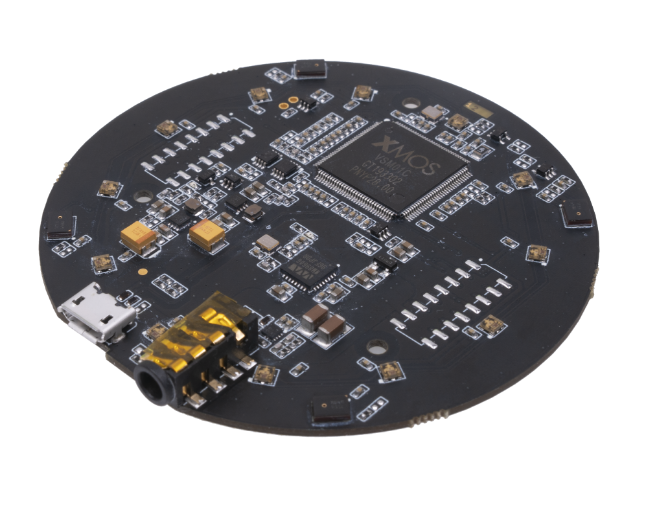
Key Features:
- Far-field voice recognition with four microphones
- USB Audio Class 1.0 compatibility
- Includes advanced algorithms like Voice Activity Detection, Direction of Arrival, and Noise Suppression
- Compatible with all major operating systems
Price: Available at $64.00, offering premium performance.
6. ReSpeaker Lite
Powered by the XMOS XU316 AI Sound chip, this development board excels in audio processing and speech recognition. With its dual microphone array and support for external power supplies, it is a perfect solution for DIY smart home audio systems or voice-controlled projects.
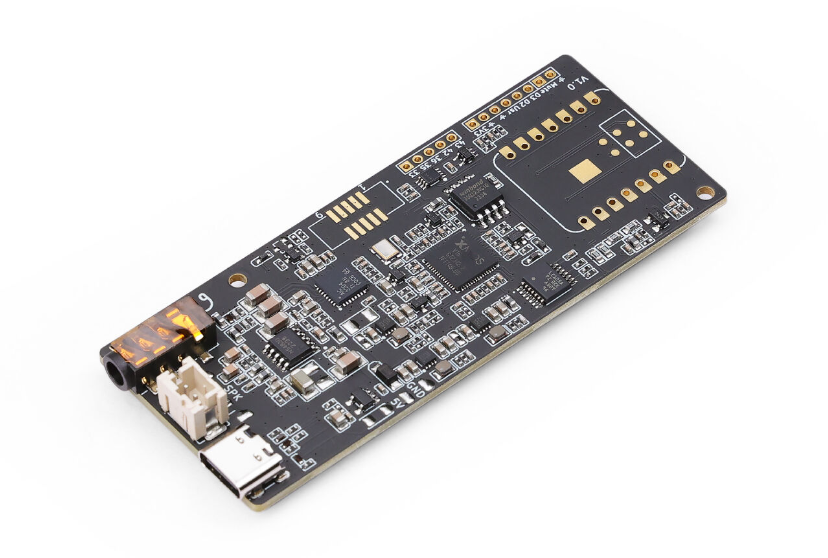
Key Features:
- Dual microphone array for far-field voice capture
- Onboard AI algorithms for noise suppression and echo cancellation
- Supports I2S and USB connections
- Compatible with XIAO ESP32S3, Adafruit QT Py, Raspberry Pi, and PC
- Programmable RGB LED for visual feedback
Price: Now available for $24.90, offering great value.
7. Grove – Speaker
The Grove – Speaker module is perfect for DIY projects, providing sound amplification and voice output. Its on-board potentiometer allows for loudness control, and it is compatible with Arduino platforms for building custom sound systems or music boxes.
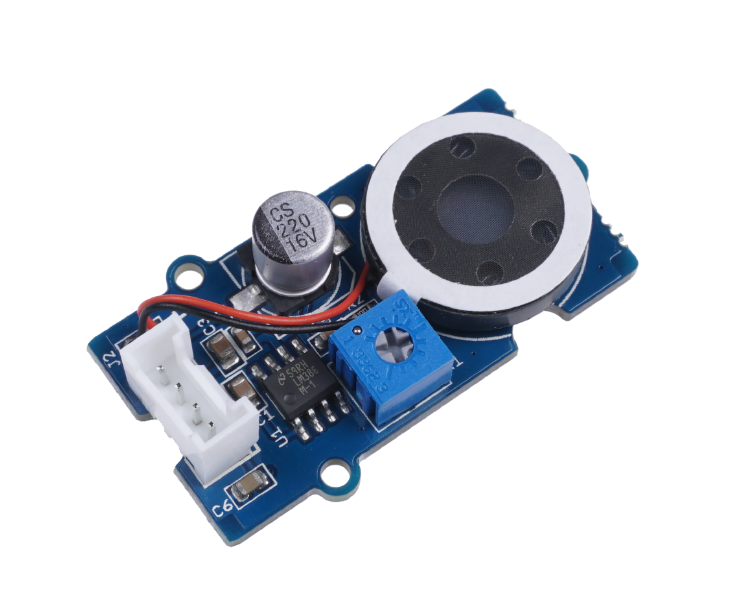
Key Features:
- Simple module for voice output and sound generation
- Compatible with Arduino for easy project integration
- Adjustable loudness via onboard potentiometer
Price: Get it for only $5.90, an excellent choice for simple integrations.
How to Choose the Best Smart Speaker for Home Assistant
When choosing an audio device for your smart home or DIY project, consider the following:
- Voice Recognition Capability: Devices like the ReSpeaker USB Mic Array and ReSpeaker Mic Array v2.0 are ideal for far-field voice recognition in noisy environments.
- Platform Compatibility: Ensure the product supports the platform you’re using, whether it’s Home Assistant, Amazon Alexa, or Google Assistant. Most of these devices are compatible with ESPHome for Home Assistant integration.
- Budget: From the affordable Mono Enclosed Speaker to the feature-rich ReSpeaker Mic Array v2.0, there are options for all budgets.
- Customizability: Products like the ReSpeaker Lite offer flexibility for developers, with open-source compatibility and support for multiple programming platforms.
Use Case Ideas for Home Assistant Speakers
- Home Automation with Voice Control: Integrate the ReSpeaker Lite with XIAO ESP32S3 with Home Assistant to control smart devices like lights, thermostats, or security systems via voice commands.
- Audio Alerts and Notifications: Use the Mono Enclosed Speaker or Grove – Speaker to generate audio alerts for events like door openings or motion detection in your smart home.
- Far-Field Voice Recognition: With the ReSpeaker USB Mic Array, capture voice commands from across the room, ideal for large, open living spaces.
Conclusion
These ReSpeaker and Grove products offer robust solutions for building voice-activated smart homes or custom audio systems. While they seamlessly integrate with Home Assistant, some products may also work with Amazon Alexa or Google Assistant, though additional setup or configurations might be required. These devices provide the flexibility and performance needed to bring your DIY smart home projects to life.
Explore our range of Home Assistant-compatible speakers and take your home automation to the next level!
The post Home Assistant Speaker: Enhance Your Smart Home with the Right Devices appeared first on Latest Open Tech From Seeed.






















